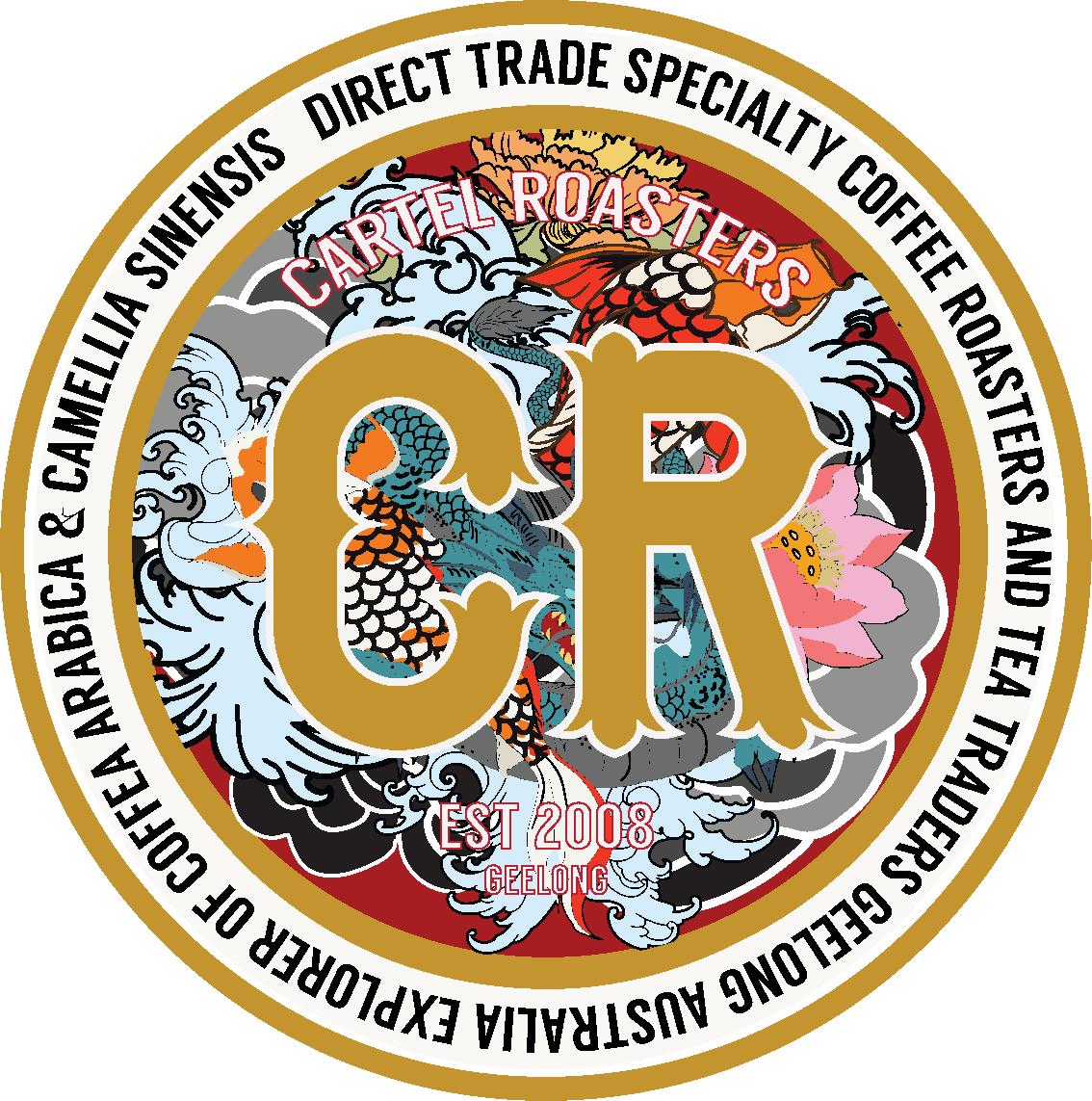Although both washed and semi-washed processes are used today, originally coffee was processed with a different approach in mind; one that didn’t require the use of machinery that was only just produced in the last couple of centuries. Thus, the dry process came about after the discovery of coffee originally in Ethiopia, and has been in use for at least the previous nine centuries.
Instead of any process that involve depulping and demucilaging, the dry process leaves the entire coffee cherry in-tact to dry in the sun, allowing the beans to draw in all the flavours of the fruit, mucilage and parchment layers. By the time the coffee is ready, its moisture level will have been reduced to 10-12%. It is a mostly hands-on method and uses very little (if any) machinery at any point, meaning that the dry process sometimes carries more risk as there is much more room for human error.
The enclosed environment in which the coffee beans inhabit due to the surrounding layer of fruit supports fermentation during the drying process. After drying the beans can be hulled from the cherry and sent off to be shipped. The main issue that arises with the use of this method is that the flavours of all the coffee beans can often be uneven, which means that stringent tasting and testing must be undertaken in order to ensure that the coffee is evenly flavoured. Often beans that all come from the same batch must be separated from one another so that only higher quality beans remain in higher quality batches.
Dry processing (or “natural processing”) can also be performed a different way, via what is called the “pasa” technique. Coffee cherries are instead left on the tree’s branches in order to ripen further and dry there, rather than requiring the use of raised beds to dry the cherries. This yields a slightly different flavour however is still notably a dry-processed coffee.
“Coffees produced through these methods will have interesting and unusual flavour profiles with a heavier mouthfeel and more body, while also displaying less acidity. They also friendlier for the environment, as there is less waste produced once the final product is created.”

